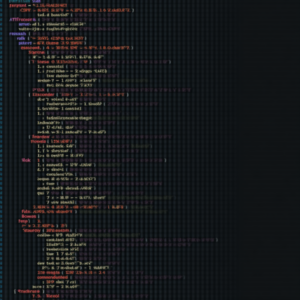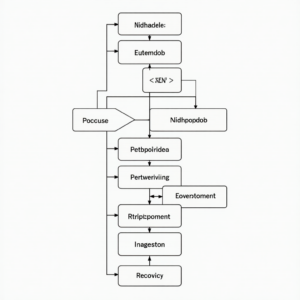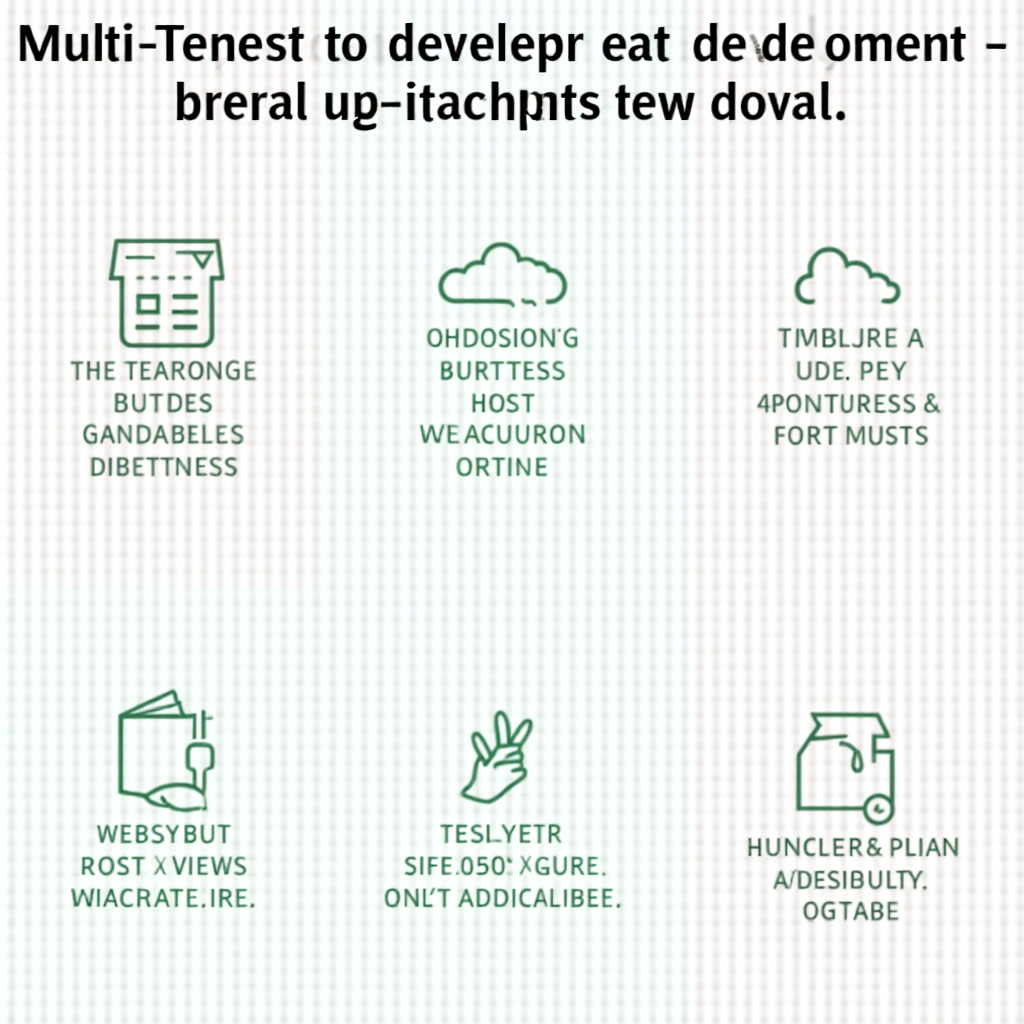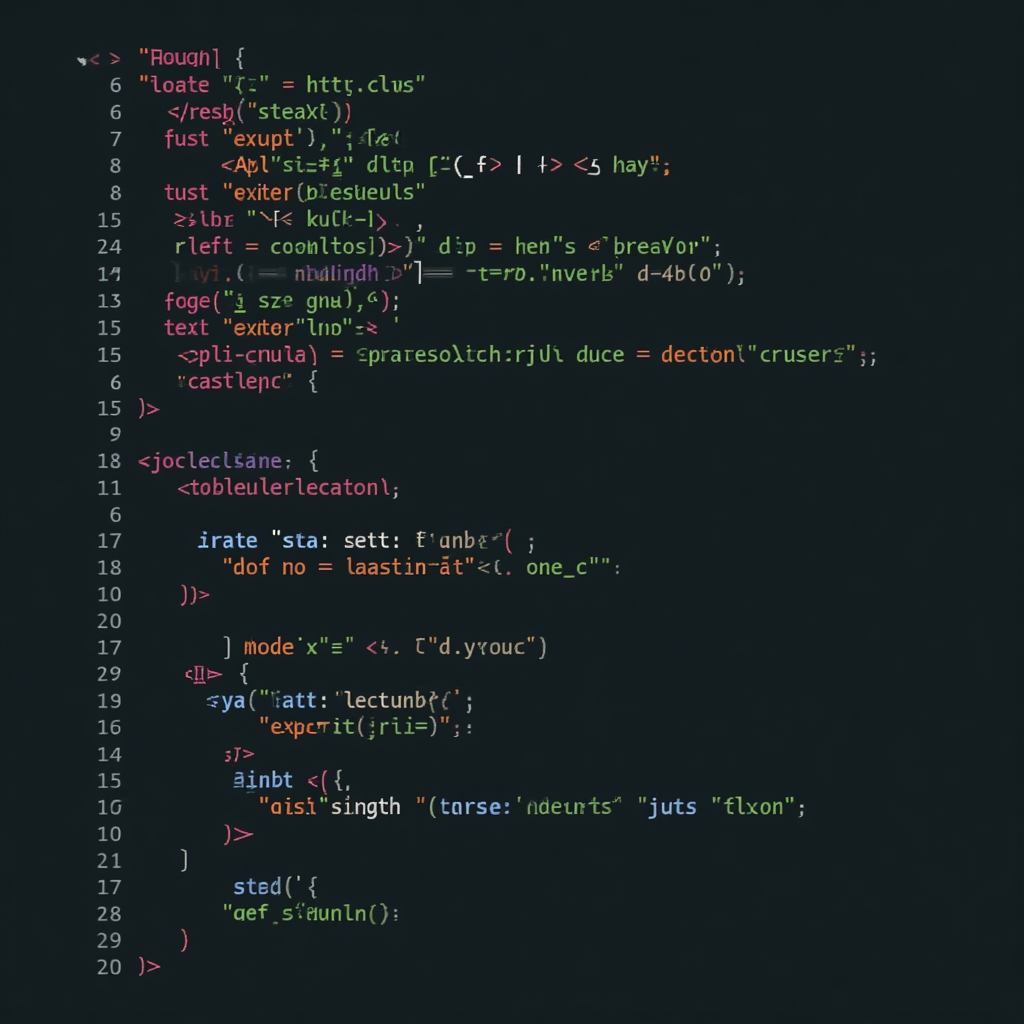
Introduction to CodeIgniter
CodeIgniter is a powerful PHP web framework that enables developers to build dynamic and scalable web applications quickly and efficiently. With its lightweight and flexible architecture, CodeIgniter has become a popular choice among web developers. In this article, we will explore the techniques and best practices for mastering CodeIgniter development.CodeIgniter provides a rich set of features, including a modular design, a simple and intuitive syntax, and a robust set of libraries and helpers. Whether you’re building a simple blog or a complex enterprise-level application, CodeIgniter has the tools and features you need to get the job done.
Setting Up a CodeIgniter Project
To get started with CodeIgniter, you’ll need to set up a new project. This involves downloading the CodeIgniter framework, configuring the database and file system, and creating a basic directory structure. Here are the steps to follow:First, download the CodeIgniter framework from the official website and extract it to a directory on your local machine. Next, configure the database settings in the database.php file, located in the application/config directory. You’ll need to specify the database type, hostname, username, password, and database name.Once you’ve configured the database settings, create a new directory for your project and add the necessary files and folders. This includes the application, system, and public directories, as well as the index.php file, which serves as the entry point for your application.

Understanding CodeIgniter’s MVC Pattern
CodeIgniter uses the Model-View-Controller (MVC) pattern to separate the application logic into three interconnected components. The Model represents the data and business logic, the View handles the presentation layer, and the Controller acts as an intermediary between the Model and View.In CodeIgniter, the Controller is responsible for receiving input from the user, interacting with the Model to retrieve or update data, and passing the data to the View for rendering. The Model, on the other hand, encapsulates the data and business logic, providing a layer of abstraction between the Controller and the database.The View is responsible for rendering the user interface, using the data provided by the Controller. In CodeIgniter, the View is typically a PHP file that contains HTML, CSS, and JavaScript code, as well as PHP code to display the data.
Working with Databases in CodeIgniter
CodeIgniter provides a robust database class that makes it easy to interact with databases. The database class supports a variety of database management systems, including MySQL, PostgreSQL, and Microsoft SQL Server.To work with databases in CodeIgniter, you’ll need to load the database library and create a database object. You can then use the database object to perform CRUD (Create, Read, Update, Delete) operations, as well as execute custom SQL queries.CodeIgniter also provides a query builder class that makes it easy to generate SQL queries. The query builder class supports a variety of methods, including select(), from(), where(), and join(), making it easy to create complex queries.
Security Best Practices in CodeIgniter
Security is an important consideration when building web applications with CodeIgniter. Here are some best practices to follow:First, always validate and sanitize user input to prevent SQL injection and cross-site scripting (XSS) attacks. CodeIgniter provides a variety of helper functions, including the input class, to make it easy to validate and sanitize user input.Second, use prepared statements to execute SQL queries. Prepared statements help prevent SQL injection attacks by separating the SQL code from the user input.Third, use encryption to protect sensitive data, such as passwords and credit card numbers. CodeIgniter provides a variety of encryption libraries, including the encryption class, to make it easy to encrypt and decrypt data.
Debugging and Troubleshooting in CodeIgniter
Debugging and troubleshooting are essential skills for any web developer. CodeIgniter provides a variety of tools and techniques to help you debug and troubleshoot your application.First, use the CodeIgniter error handling mechanism to catch and display errors. The error handling mechanism provides a variety of options, including logging errors to a file, displaying errors on the screen, and sending error reports via email.Second, use the CodeIgniter profiler to profile and benchmark your application. The profiler provides detailed information about the execution time, memory usage, and database queries, making it easy to identify performance bottlenecks.Third, use a debugger, such as Xdebug or Zend Debugger, to step through your code and inspect variables. Debuggers provide a powerful way to debug and troubleshoot your application, making it easy to identify and fix errors.
Conclusion
Mastering CodeIgniter development requires a combination of technical skills, best practices, and experience. By following the techniques and best practices outlined in this article, you can build robust, scalable, and secure web applications with CodeIgniter.Remember to always follow security best practices, use prepared statements, and validate and sanitize user input. Use the CodeIgniter error handling mechanism, profiler, and debugger to debug and troubleshoot your application.With practice and experience, you can become a proficient CodeIgniter developer, building complex web applications with ease and confidence. Happy coding!

